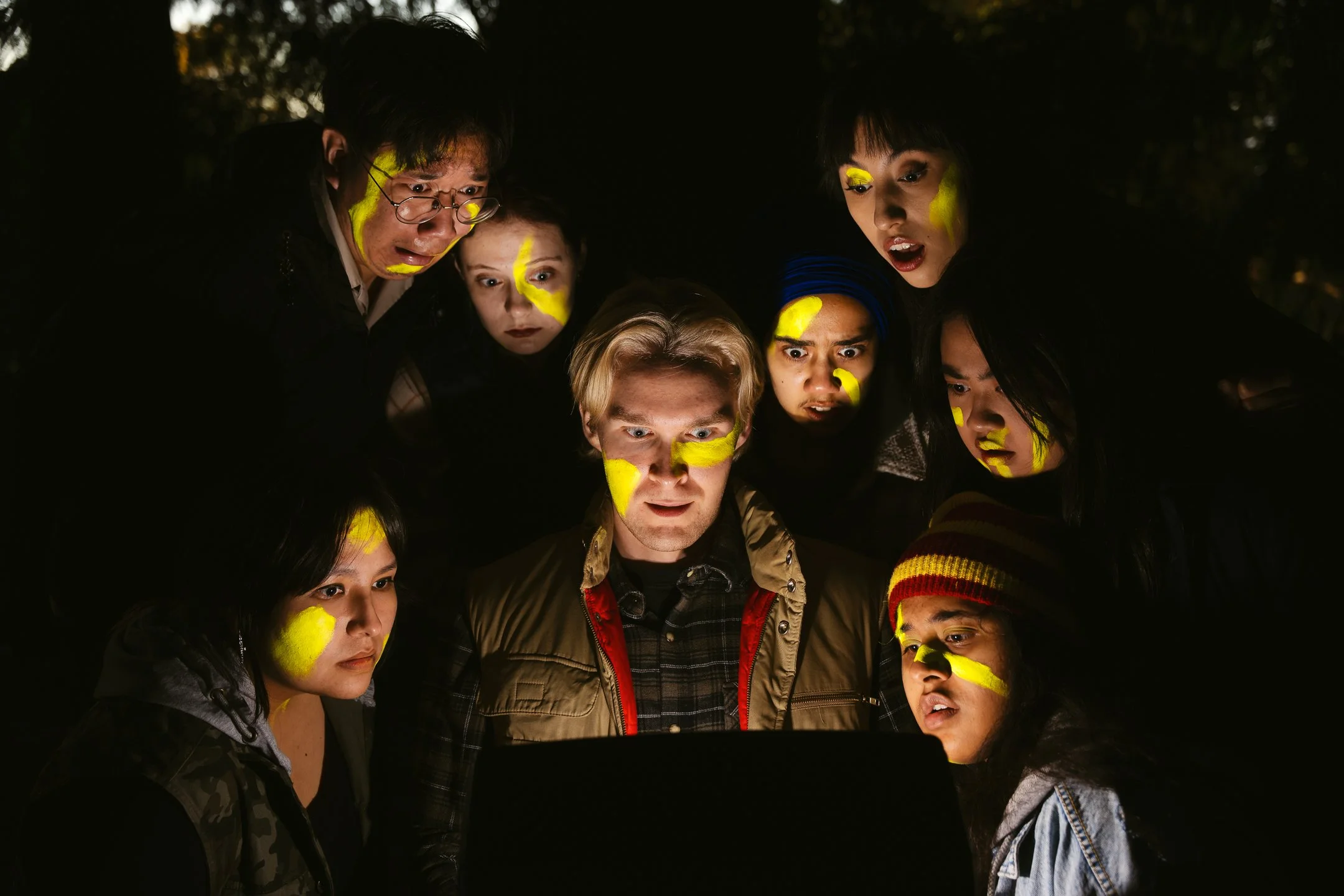VIFF Immersed: Biidaaban: First Light
/Biidaaban: First Light still via Lisa Jackson. Design by Mathew Borrett.
I had no idea what to expect as I adjusted the headset, getting ready to watch Lisa Jackson’s Biidaaban: First Light. This was my very first experience with virtual reality. Moments earlier, I had been drinking coffee, chatting with someone in line, surrounded by the bustle of other VIFF Immersed attendees. Within seconds, everything around me had transformed. Suddenly I was in what seemed like a post-apocalyptic version of Toronto—eroding skyscrapers, buildings overgrown with plants, no bustle or rush. And yet it was calm, almost ethereal. There were canoes where the subway used to be; billions of bright stars above, untainted by city lights; vegetables growing on roofs. The whole journey is narrated through the traditional languages of the Wendat, Kanien’kehá:ka (Mohawk) and Anishinaabe (Ojibway) peoples.
The experience is one of magic realism: a journey through decolonization, and into Indigenous Futurism, where the land’s future is a cyclic return to its past. The urban area has not disappeared or been demolished, it merely coexists with the land in its natural state. The initial sense of Toronto as a ghost town quickly dissipates, and is replaced by a utopian vision of a future that unifies with the past. The experience was eight minutes long, and yet its imagining of a different future and the poignancy of the message had an effect that many could not have if they took hours.
The meaning of “biidaaban” is about daybreak, about the arrival of dawn’s light. In a political, social, and even physical climate that leaves little room for optimism, Biidaaban: First Light will allow you to experience eight minutes of hope for a better future.
Biidaaban: First Light still via NFB. Design by Mathew Borrett.
You can learn more about Biidaaban: First Light on Lisa Jackson’s website at lisajackson.ca/Biidaaban-First-Light-VR







